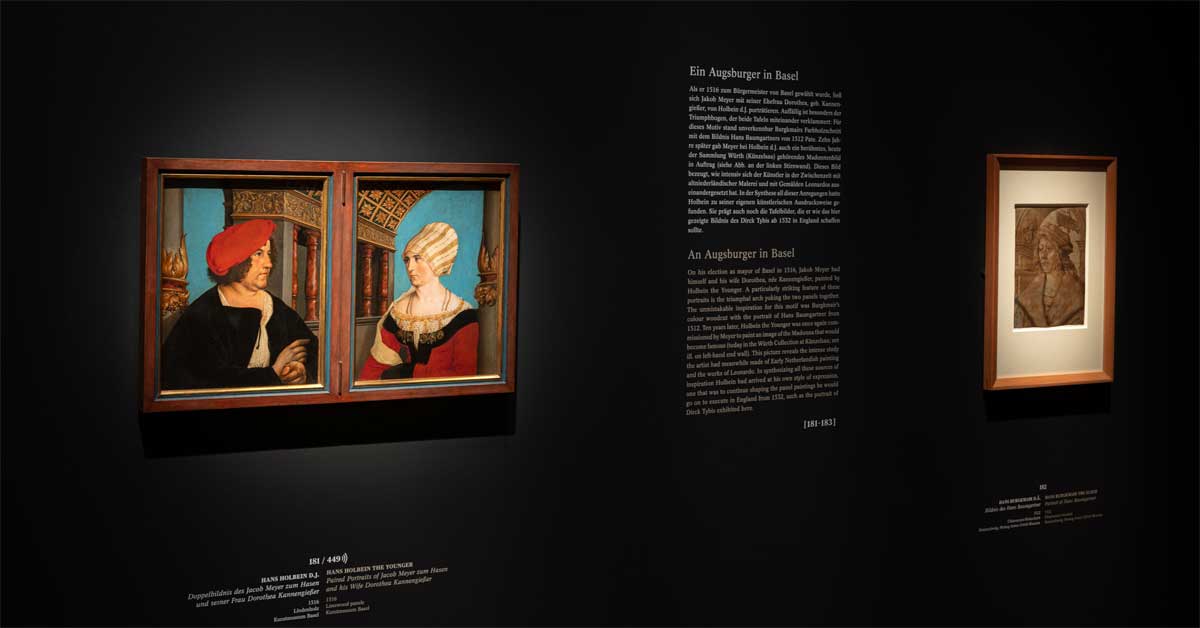

19 March 2024  The Renaissance is one of the most inspiring periods in art history for fashion and costume enthusiasts. The era is known for being a turning point in the craft of tailoring, caused by the intellectual movement of 'humanism', which encouraged people to live their lives according to their own will. This also had an impact on tailoring and the creation of customized patterns that, for the first time in costume history, followed the individual shapes of the wearer's body. Fashion.at asked Cytara, the magazine's fashion chatbot, who is currently hosting a fashion quiz on fashion.at/FashionChatbot: "When did custom tailoring become fashion?" Cytara's generated response to the question was: "Custom tailoring became associated with fashion during the Renaissance period in Europe (14th to 17th centuries). This era marked a shift in clothing from being purely functional to also being a form of personal expression and social status. Tailors began creating garments that were tailored to fit individuals' bodies, reflecting their personal style and social standing. The concept of custom tailoring evolved into what we now recognize as the fashion industry, where clothing is not just about covering the body but also about making a statement and expressing individuality." The Renaissance was a time of upheaval, marked by new developments and a growing interest in discovery and knowledge through science. This year, three Austrian museums offer the opportunity to learn more about different aspects of the Renaissance and draw parallels to the present. The exhibitions are not costume shows, but they will give insights into Renaissance fashion - such as the fashion of Italian architecture - and thinking. Yesterday, the art history museum Kunsthistorisches Museum Wien (KHM) has marked the beginning of the 'Year of the Renaissance' with the opening of the exhibition 'Holbein.Burgkmair.Dürer.Renaissance in the North,' which is on view from today, March 19, through June 30. At yesterday's exhibition opening, the joint initiative of the Kunsthistorisches Museum Wien, the Schallaburg in Lower Austria, and Schloss Ambras Innsbruck in Tyrol was presented as a holistic approach to the Renaissance. The Kunsthistorisches Museum in Vienna is focusing on the trading city of Augsburg and, with more than 160 works of art from collections in Europe and the United States, on three key figures of the Northern Renaissance - Hans Holbein the Elder, Hans Burgkmair the Elder and Albrecht Dürer. Internet users have the opportunity to inform themselves online at the Interactive Web Journal on https://renaissance-im-norden.khm.at/, which is organized into chapters such as 'Artisans & Artists,' containing articles such as 'The Emancipation of Artists,' about the Renaissance as a time when artisans became more intellectual artists by acquiring a humanistic education. The KHM exhibition is accompanied by several events, such as the interdisciplinary symposium 'Das Heute der Renaissance!' on April 11, addressing topics such as education and talent development, innovation, and the evolution from Renaissance humanism to digital humanism. The castle Schallaburg exhibition 'Renaissance einst, jetzt & hier' from April 13 to November 3, 2024 delves into a world undergoing transformation, exploring scientific exchange and humanistic ideals. It offers visitors a journey into the vibrant heart of an era that forever changed our perception of individuality, art, and knowledge such as announced on https://www.schallaburg.at/en/ausstellungen/2024-renaissance. At Schloss Ambras Innsbruck, the Renaissance Year 2024 will be integrated into parts of the permanent exhibitions throughout the year. Additionally, the special exhibition titled 'Schauen erlaubt? Vielfalt Mensch.' (translated as much as 'Is Looking Allowed? Diversity of Humans.') from June 20 to October 6, 2024 will explore historical encounters with diversity, inclusivity, respect, and tolerance, and invite visitors to reflect on their own perceptions such as introduced on https://www.schlossambras-innsbruck.at/ausstellungen/schauen-erlaubt. Image: Exhibition view of 'Holbein.Burgkmair.Dürer.Renaissance in the North.' at the Kunsthistorisches Museum Wien; on view from March 19 to June 30, 2024. Photo: © KHM-Museumsverband. On view are two paintings from 1516, both by Hans Holbein the Younger. They are described in more detail in the Interactive Web Journal at https://renaissance-im-norden.khm.at/en/next-generation/#c44772, which explains how to decipher symbolic gestures, such as the many rings the man is wearing and why he is pointing at the woman with one finger. |